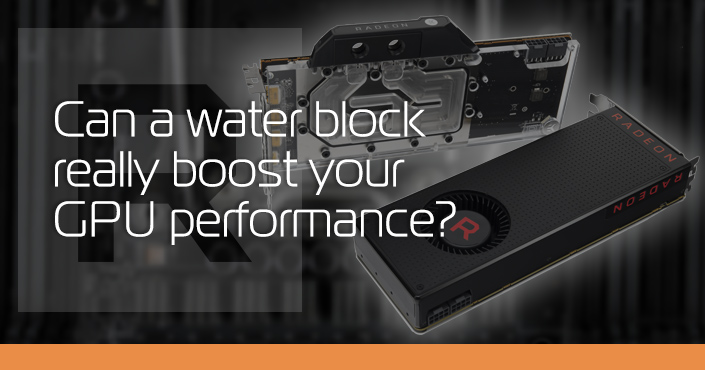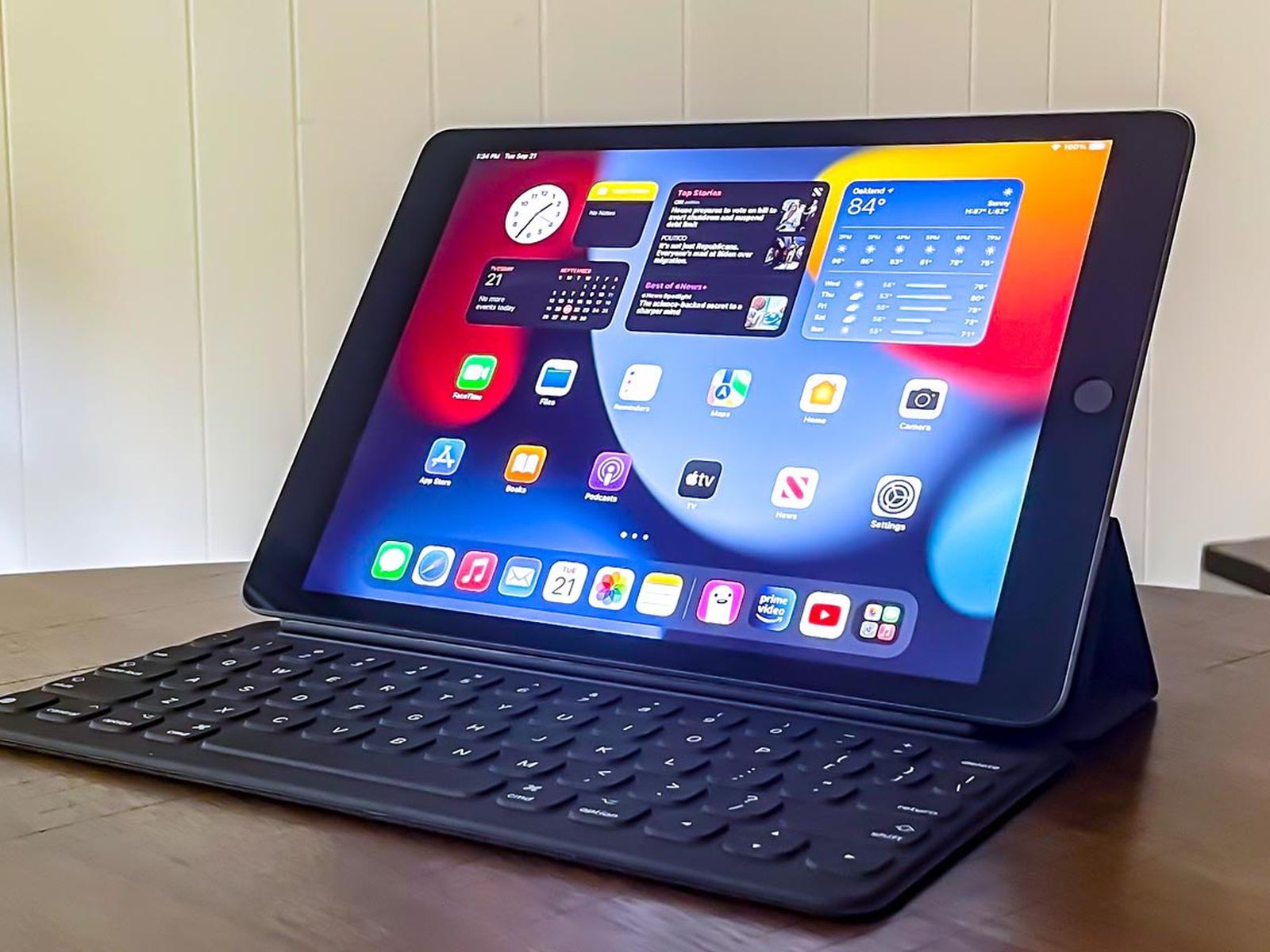

In this section, we mainly focus on how to check PC hardware using specific tools. So, we will further introduce several professional PC hardware diagnostic tools to you. Basic system checks: It contains the basic system checks of OS, Disks, Security Center, System Service, Hardware Device, and Drivers.Īccording to the above method, you may have a preliminary PC hardware check, but it is not comprehensive.From here, you can get overall information about your HDD/SSD. Informational: This subsection will show you the results related to Disk Diagnostics.As the picture showed, the available memory is low and you’re recommended upgrading memory or reducing system load. Warning: This subsection will show you the issues related to memory diagnostics and provide some solutions to fix the issue.For instance, you can check what is consuming high CPU. Errors: This part shows any errors related to performance diagnostics.Click on the Diagnostic Results section, and then you will find the following subsections that show detailed results. Then you will see a window that’s collecting data for the next 60 seconds.

Press Win + R keys to open the Run dialog box, and then type perfmon /report and hit Enter. Then you can further utilize some specific tools to check PC hardware. So, it’s high time to make a PC hardware check if your computer is often vexed by these problems.įirst of all, you can use a Windows built-in tool – Performance Monitor to conduct an overall check of your hardware. Each part is very important to make a PC work normally.ĭue to various hardware issues, you may be troubled by lots of errors like system crash, blue screen of death, second monitor not detected, unexpected store exception error, etc. Your PC hardware is mainly composed of 6 parts including hard disks, CPU, GPU, motherboard, RAM, and battery. What is your PC hardware? In fact, a large number of users are still unclear about this question.

What Could Be Wrong with Your PC Hardware What Could Be Wrong with Your PC Hardware.


 0 kommentar(er)
0 kommentar(er)
